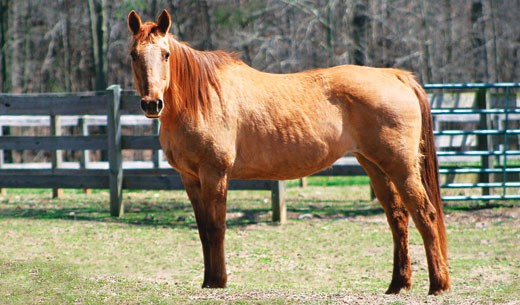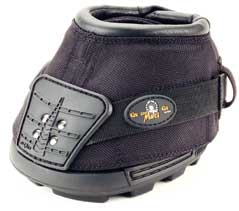During my daily conversations with our customers, I’m finding that more and more people are calling me about their older horse. Many are very proud because they have transitioned an older horse from shoes to barefoot and they have started to do their own barefoot trimming.
I came upon a very interesting article written by Les Sellnow and would like to share part of the article with you.
“The aging process brings with it some inevitable changes in horses. As is often the case with humans, the horse’s joints begin to stiffen as he gets older. Eventually, many horses are unable to meet the same performance standards that they did when younger and we begin to wonder what we can do to help.
 There are a great many horses that fit into this category. Some veterinarians have estimated that about 20% of the horse population is older than 15 years of age. It is believed that one year of a horse’s life is equal to an average of three years of a human life. This would mean that a 15 year old horse could be compared to a 45 year old person. In both cases, man and horse can remain healthy and lead useful lives, but issues like proper nutrition and attention to the joints are required when such needs surface.
There are a great many horses that fit into this category. Some veterinarians have estimated that about 20% of the horse population is older than 15 years of age. It is believed that one year of a horse’s life is equal to an average of three years of a human life. This would mean that a 15 year old horse could be compared to a 45 year old person. In both cases, man and horse can remain healthy and lead useful lives, but issues like proper nutrition and attention to the joints are required when such needs surface.
One of the problems that we face with our equine companions is that there are a lot of joints to deal with and they have been subjected to a variety of stresses and pressures during the horse’s lifetime of activity. These sometimes fragile joints have been given the task of absorbing shock, allowing for nearly frictionless movement and bearing the weight of a body that often is in the 1,200 to 1,500 pound range. It is a given that the more arduous the activity, the more stress and pressure on joints and hooves.
The problem is further complicated by the fact that there are 205 bones in the horse’s skeleton. There are a grand total of 80 bones in the four equine legs. Each is connected or aligned with one of more other bones, allowing the horse to lift, bend and flex its legs. This ability permits the horse to travel across the ground, absorbing concussion along the way.
The part of the horse’s anatomy to strike the ground first in a given stride is the hoof. It starts the concussion absorption process while, at the same time, protecting the inner bones, joints, blood vessels and nerves of the foot. Generally speaking, as a horse ages, its hoof remains strong if it was properly conformed at birth and well cared for during the horse’s lifetime. (If the horse was allowed to go barefoot and his companion opted for natural barefoot trimming, it will be a plus for the horse in his later years.)
Often, one of the first aspects of good care that is neglected when a horse reaches its retirement years is its feet. It is important to remember that a horse required on-going natural hoof care even when it is no longer working on a daily basis.”
Many older horses do good being barefoot, while some older horses require protective hoof boots to protect the foot and hoof pads to relieve pressure on the soft tissue.
boots to protect the foot and hoof pads to relieve pressure on the soft tissue.
I talked to a lady today who was purchasing Old Mac G2’s for her 30 year old gelding. She said she transitioned him at age 25! She also said she just needed to boot the fronts because his rears are solid! See, the old guy still has it!
Dee Hoime

When you call EasyCare, I’m one of the folks that will answer. I’m also one of the cowgirls in the group. (Heck no, I don’t show, I Rodeo!) When it comes to life’s adventures – never pull back on the reins, and remember: the world is best-viewed through the ears of a horse!




